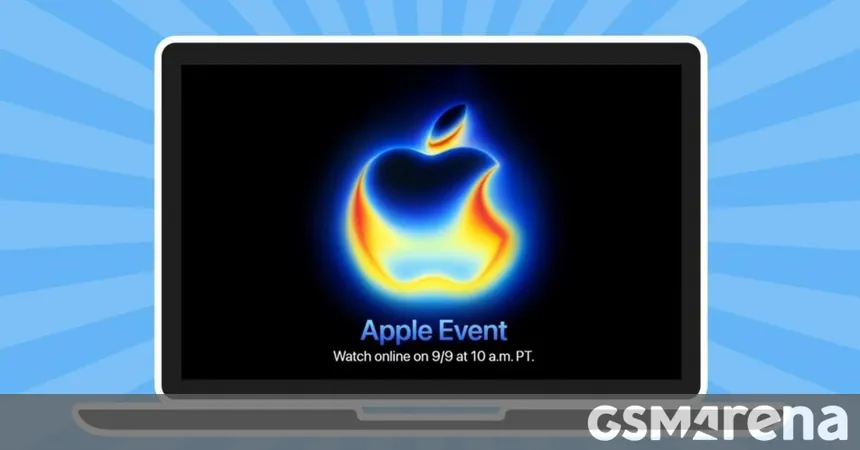
Unlocking the Secrets of Life on Mars: Old Instruments, New Discoveries!
2025-08-25
Author: Emily
Old Tools, New Tricks: The Quest for Life on Mars!
In the ever-evolving field of astrobiology, researchers are finding innovative ways to repurpose old scientific instruments, leading to groundbreaking discoveries. A recent study from Imperial College London (ICL), authored by PhD student Solomon Hirsch and advisor Mark Sephton, reveals how gas chromatograph-mass spectrometers, which have been exploring Mars since the Viking missions, could uncover signs of current life on the Red Planet.
The Key to Life: Intact Polar Lipids (IPLs)!
The cornerstone of their research hinges on Intact Polar Lipids (IPLs)—organic biomarkers integral to many life forms, especially single-celled organisms like bacteria and archaea. Traditional methods for detecting these markers typically involve complex liquid chromatography techniques unsuitable for off-Earth analysis. However, this new paper introduces a method utilizing pyrolysis-gas chromatography-mass spectrometry, opening up new avenues for research.
The Race Against Time: Finding Signs of Life!
A significant challenge in their quest was determining which IPL signatures to search for, as IPLs degrade rapidly. This rapid decay defines them as a potential "viable life signature," existing only for a few hours to days post-mortem. Each organism, like bacteria and archaea, has distinct IPLs, leading to different degradation pathways.
Decoding the Organic Code!
For living bacteria, researchers identified 1,2-Dioleoyl-sn-glycero-3-phosphocoline, or DOPC, which breaks down into oleic acid after death. In archaea, their corresponding IPL is represented by DPPE, which transitions to archaeol upon decay. When heated, DOPC produced an additional biomarker, glyceryl monooleate, absent in oleic acid, marking a breakthrough in detection methods.
Challenges Ahead: The Quest Continues!
However, distinguishing living IPLs from their degradation forms for archaea remains tricky. While this research hints at historical life, verifying active existence may still prove elusive. Additionally, researchers must overcome obstacles, such as interference from common Martian inorganic materials like iron oxides and perchlorates.
A Bright Future: The Next Steps!
Ultimately, the authors propose using this innovative tool to initially screen Martian samples for potential life markers. Whether examining Mars’ subsurface or the plumes of Enceladus, this method could reveal vital signs of life. With proven technology at their disposal, future missions could incorporate these tests to gather more data and strengthen our quest in the universe's vast narrative of life.
Join the Search!
In the grand search for extraterrestrial life, every new data point counts. This pioneering research points to a thrilling possibility—what if we’re closer than ever to finding life beyond Earth? Stay tuned for more as scientists continue to unlock the secrets of the cosmos!









 Brasil (PT)
Brasil (PT)
 Canada (EN)
Canada (EN)
 Chile (ES)
Chile (ES)
 Česko (CS)
Česko (CS)
 대한민국 (KO)
대한민국 (KO)
 España (ES)
España (ES)
 France (FR)
France (FR)
 Hong Kong (EN)
Hong Kong (EN)
 Italia (IT)
Italia (IT)
 日本 (JA)
日本 (JA)
 Magyarország (HU)
Magyarország (HU)
 Norge (NO)
Norge (NO)
 Polska (PL)
Polska (PL)
 Schweiz (DE)
Schweiz (DE)
 Singapore (EN)
Singapore (EN)
 Sverige (SV)
Sverige (SV)
 Suomi (FI)
Suomi (FI)
 Türkiye (TR)
Türkiye (TR)
 الإمارات العربية المتحدة (AR)
الإمارات العربية المتحدة (AR)